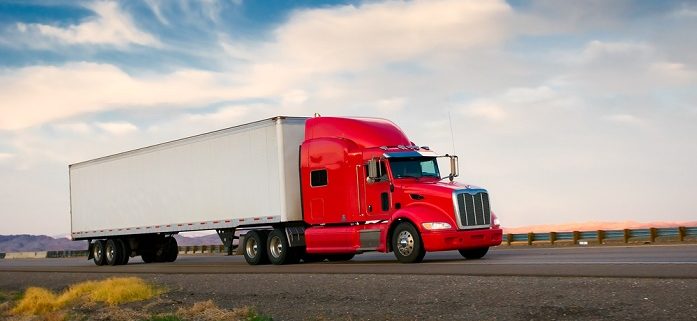Crossdocking vs Transloading
Crossdocking and transloading are both supply chain management techniques. They are similar in that both involve moving goods between different means of transportation. However, there is also a fundamental difference between them.
Transloading
In today’s global economy, goods rarely reach their end destination in the same means of transportation that first removed from where they were made. A television set that is stored in a crate on the deck of a ship coming from China could end up in a train car to a depot, in a semi truck’s trailer to get to a regional warehouse, then in a delivery truck to get to the retail store where it will be sold.
Transloading refers to the practice by which goods get moved from one transportation method to another. One typical form of transloading happens when goods get taken from a rail car and placed onto a truck. The process works as follows:
- The goods get shipped by train to a transloading facility, like the centrally located Clark Logistics warehouses in St. Louis.
- The staff at the facility unpacks the car using tools like cranes, forklifts or manual labor, as appropriate.
- As necessary, goods get stored at the facility while awaiting shipping.
- The goods get transloaded, usually onto short-haul trucks, for delivery to their final destination.
Transloading can also occur in reverse. In that instance, trucks would deliver goods to the transload facility for loading onto railcars or other types of transportation.
Crossdocking
Crossdocking is the logistics tool that involves moving goods from one truck to another with as little intervening time as possible. Frequently, it gets done at a specially-built facility with dock doors on both sides, letting workers literally move items from an inbound truck to an outbound truck.
Using crossdocking as a part of your supply chain brings multiple benefits:
- Reduced utilization of warehouse space, since products don’t have to sit and wait for shipment.
- Faster shipping times since goods are able to directly transfer from one transportation mode to another.
- Lower costs since the labor involved in loading items onto a warehouse shelf then unloading them to reload them into a truck gets eliminated
- Greater reliability since goods avoid being exposed to the risk of loss or theft in the warehouse.
The two practices can also occur hand in hand, such as when goods are transloaded from a railcar to a truck in a crossdock facility without an intervening wait. Whatever your company’s needs, Clark Logistic Services offers both transloading and crossdocking as a part of its comprehensive portfolio of 3PL services. Contact us to learn more about how we can help your company create a more efficient supply chain.
[gravityform id=”3″ name=”Contact Form Short”]





Leave a Reply
Want to join the discussion?Feel free to contribute!